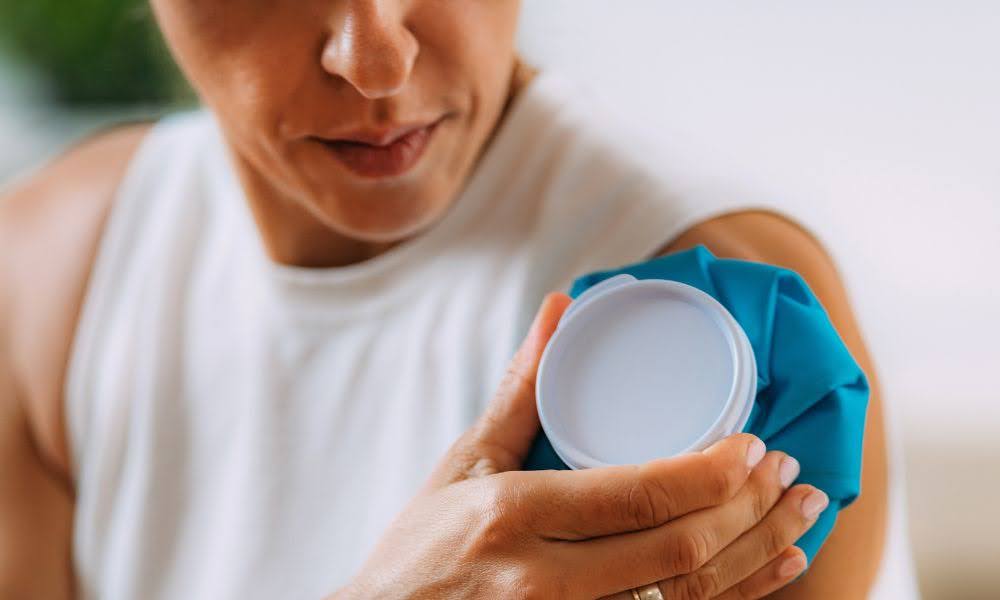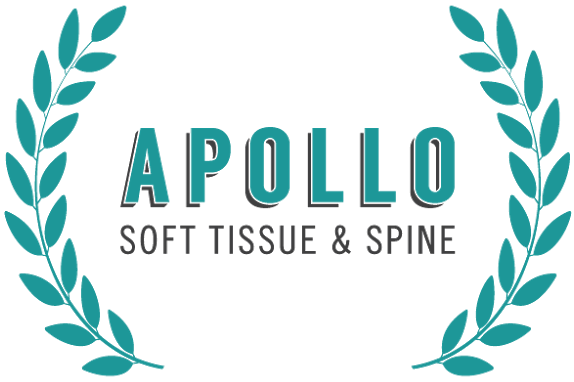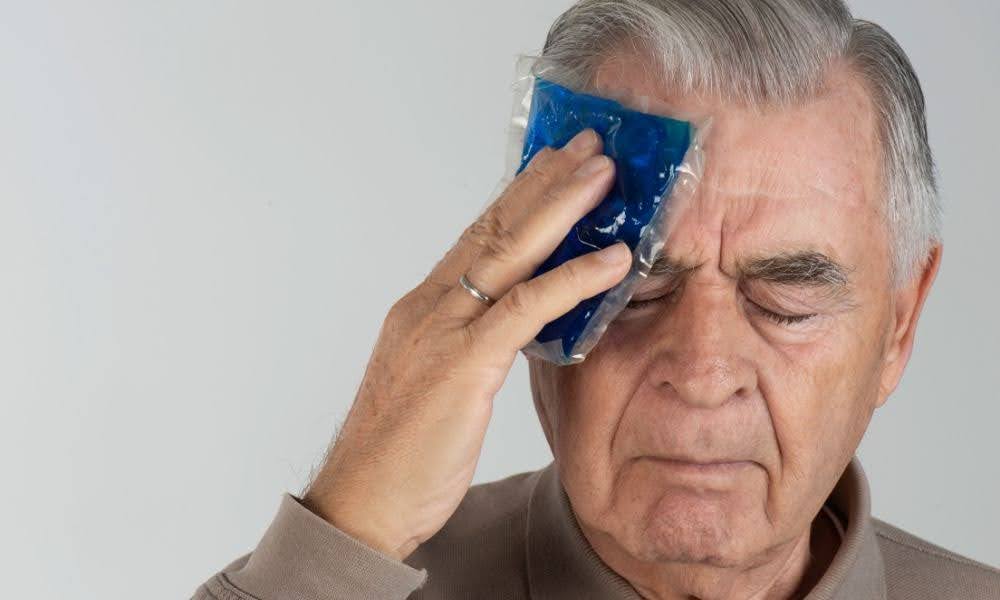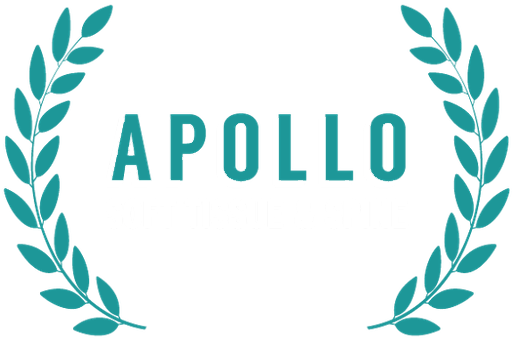Adhesion pain is a common yet often misunderstood condition that affects many individuals suffering from chronic pain. This type of pain arises when bands of scar tissue, known as adhesions, form between organs and tissues, restricting movement and causing significant discomfort. These adhesions can develop as a result of surgery, injury, or inflammation, binding muscle tissue and internal organs together.
Imagine trying to move with invisible ropes tightening around your muscles – that’s the daily reality for those experiencing adhesion pain. Now, does cold therapy reduce adhesion pain effectively? This question is particularly relevant as sufferers seek non-invasive and effective ways to manage their discomfort.
Common causes of adhesion pain include abdominal surgeries, infections, and inflammatory conditions such as endometriosis. The prevalence of this pain can be quite high among those who have undergone surgical procedures, significantly impacting their quality of life. Individuals often find themselves limited in their daily activities, dealing with chronic pain that can hinder their mobility and overall well-being.
What is Cold Therapy?
Cold therapy, or cryotherapy, involves applying cold temperatures to the body to reduce inflammation and numb pain. This treatment works by constricting blood vessels, which decreases blood flow to the affected area, thereby reducing swelling and pain. It’s commonly used to manage various types of pain, including acute injuries and chronic conditions like adhesion pain. By targeting inflamed soft tissues and reducing scar tissue formation, cold therapy can provide significant relief for those dealing with chronic pelvic pain and other related issues.
Historically, cold therapy has been used for centuries, with ancient civilizations utilizing ice and snow to treat injuries. Modern advancements have refined these methods, with scientific research confirming their effectiveness. Studies show that cold therapy reduces inflammation, numbs nerves, and slows down cellular metabolism. This is particularly beneficial in preventing complications like small bowel obstruction caused by adhesions, making cold therapy a valuable option for managing both acute pain and chronic pain conditions.
Mechanism of Adhesion Formation
How do adhesions develop? Adhesions form when the body attempts to heal from trauma, such as surgery, injury, or inflammation. During the healing process, fibrous bands of tissue develop and bind organs and tissues together that are not normally connected. This response can lead to restricted movement and pain, as the adhesions can create tension and pull on various structures within the body. Essentially, the body overreacts in its healing efforts, creating more scar tissue than necessary, which results in these problematic adhesions.
The biological process behind adhesion formation involves the activation of the body’s inflammatory response. When tissue is damaged, the body releases inflammatory mediators to initiate healing. However, this process can sometimes go awry, leading to the overproduction of collagen and other extracellular matrix components, resulting in the formation of adhesions. These can occur in various locations, such as the abdomen, pelvis, and around joints, affecting soft tissues and organs.

Symptoms and Diagnosis
Common symptoms of adhesion pain include chronic discomfort, restricted movement, and a feeling of tightness or pulling in the affected area. These symptoms can range from mild to severe and often worsen with movement or physical activity. In some cases, adhesions can lead to complications such as bowel obstructions or fertility issues, depending on their location and severity.
Diagnosing adhesions typically involves a combination of patient history, physical examination, and imaging techniques. While adhesions themselves are not always visible on standard imaging tests, their effects, such as organ displacement or obstruction, can often be detected. Techniques like ultrasound, MRI, or specialized X-rays may be used to identify these indirect signs. In some cases, diagnostic laparoscopy, a minimally invasive surgical procedure, may be required to directly visualize and diagnose adhesions.
Cold Therapy Techniques
Cold therapy comes in various forms, each designed to provide pain relief and reduce inflammation through the application of cold temperatures. These techniques can be tailored to fit different needs and preferences, making cold therapy a versatile option for managing pain and promoting healing.
- Ice Packs and Cold Compresses: These are the most common and accessible forms of cold therapy. Ice packs and cold compresses can be applied directly to the affected area to reduce swelling and numb pain. They are ideal for acute injuries and localized pain relief.
- Cryotherapy Chambers: These chambers expose the entire body to extremely low temperatures for a short period. Whole-body cryotherapy is believed to reduce inflammation, improve circulation, and provide relief from chronic pain.
- Cold Water Immersion: This technique involves immersing the body or a part of it in cold water. It is commonly used by athletes to reduce muscle soreness and speed up recovery after intense physical activity.
- Cold Therapy Devices: These are specialized devices designed to deliver controlled cold therapy to specific areas. They often combine cold therapy with compression to enhance the therapeutic effects and are used for post-surgical recovery and chronic pain management.
Biological Effects of Cold Therapy
Cold therapy reduces inflammation by constricting blood vessels, which limits blood flow to the affected area and decreases swelling. It also numbs the nerves, providing immediate pain relief by interrupting pain signals to the brain. This combination makes cold therapy effective for both acute injuries and chronic pain.
Additionally, cold therapy slows down tissue metabolism, which helps minimize damage and conserve energy in injured areas. The initial decrease in blood flow is followed by increased circulation once the cold application is removed, the body responds by increasing blood flow to the area, which promotes healing and delivers more nutrients and oxygen to the tissues.
Cold Therapy for Pain Management
Evidence of the effectiveness of cold therapy in pain management is well-documented. Clinical studies have shown that cold therapy significantly reduces pain and inflammation in patients with various conditions, such as post-surgical recovery and sports injuries. For example, a study published in the Journal of Athletic Training found that ice application reduced pain and swelling in athletes with acute soft tissue injuries by 40% compared to those who did not use ice. These findings support the use of cold therapy as a reliable method for managing pain and promoting healing.
Many patients have also reported positive experiences with cold therapy. Individuals suffering from chronic pain conditions, such as arthritis or post-surgical adhesion pain, often find relief through regular use of cold packs or cryotherapy sessions. One patient described how incorporating cold therapy into their routine helped them manage pain more effectively and reduced their reliance on pain medication, allowing them to enjoy a better quality of life.
Comparing Cold Therapy to Other Pain Relief Methods
When managing pain, various methods can be employed, each with its unique advantages and limitations.
Cold Therapy vs. Heat Therapy
Cold therapy is effective for reducing inflammation and numbing pain, making it ideal for acute injuries and swelling. In contrast, heat therapy is better for relaxing muscles, improving circulation, and alleviating chronic muscle pain. Both methods have their benefits, but cold therapy is generally preferred for immediate pain relief following an injury.
Cold Therapy vs. Medication
While pain medications can provide fast relief, they often come with side effects and risks of dependency. Cold therapy offers a natural, non-invasive alternative that reduces pain and inflammation without the risks associated with long-term medication use. Patients can use cold therapy multiple times a day without concerns about dosage or adverse effects.
Cold Therapy vs. Physical Therapy
Physical therapy focuses on long-term rehabilitation through exercises and manual treatments, which are essential for recovery and improving mobility. Cold therapy complements physical therapy by providing immediate pain relief and reducing inflammation, making it easier for patients to participate in their physical therapy sessions. Consulting with a physical therapist can help tailor the best treatment plan for individual needs.

Cold Therapy and Adhesion Pain
Cold therapy can potentially disrupt the formation and persistence of adhesion tissue by reducing inflammation and slowing cellular metabolism. This is good for abdominal adhesions, which can cause severe pain and complications. By constricting blood vessels and decreasing blood flow to the affected area, cold therapy helps minimize the inflammatory response that contributes to adhesion formation. This can lead to a reduction in the development of new adhesions and alleviate the discomfort caused by existing ones.
For individuals suffering from adhesion pain, cold therapy offers several benefits. It provides immediate pain relief by numbing the affected area and reducing inflammation, which can improve mobility and quality of life. Regular use of cold therapy can also help manage chronic pain, making daily activities more manageable and reducing dependency on pain medications.
Challenges and Limitations
While cold therapy is beneficial for many, it may not be effective for all types of adhesion pain. In cases where adhesions are deeply embedded or have caused significant structural changes, cold therapy alone might not provide sufficient relief. Additionally, individuals with certain medical conditions, such as Raynaud’s disease or severe cardiovascular issues, should avoid cold therapy as it can exacerbate their symptoms.
Although generally safe, cold therapy can have some risks and side effects. Prolonged exposure to cold can lead to skin irritation, frostbite, or nerve damage. It’s essential to use cold therapy correctly and follow guidelines to avoid these adverse effects. Patients should consult with healthcare professionals to ensure that cold therapy is suitable for their specific condition and to receive proper instructions on its safe application.
Practical Application of Cold Therapy
How to implement cold therapy safely? Always use a barrier, such as a cloth, between the ice pack and your skin to prevent frostbite. Limit each session to 15-20 minutes and allow at least an hour between sessions. Apply cold therapy several times a day, especially within the first 48 hours after an injury. If you experience any adverse reactions, such as increased pain or skin irritation, discontinue use and consult a healthcare professional.
Tools and Products for Home Use
Various tools and products are available for effective home use of cold therapy. Recommended products include reusable gel packs, cold therapy wraps, and specialized devices like cryotherapy machines. For DIY methods, you can use a bag of frozen vegetables or make your own ice pack by filling a plastic bag with ice and wrapping it in a towel. Ensure that any DIY solution follows the same safety guidelines to prevent skin damage and maximize the benefits of cold therapy.
Conclusion
Cold therapy is a promising method for managing adhesion pain, offering immediate relief by reducing inflammation and numbing affected areas. However, while current evidence supports its benefits, further research is needed to explore its long-term effects and optimal usage. Future studies should investigate how cold therapy can be integrated with other treatments to improve outcomes and address its limitations.
Potential innovations, such as advanced cryotherapy devices and personalized treatment protocols, could enhance its efficacy and safety, making cold therapy a more versatile and accessible option for pain management.





